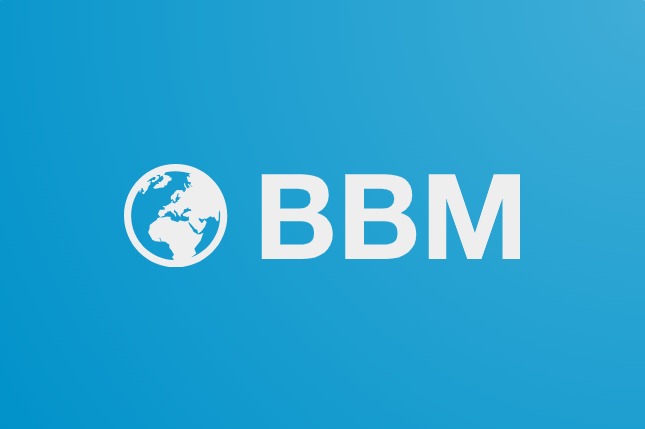Some of the links in this article are "affiliate links", a link with a special tracking code. This means if you click on an affiliate link and purchase the item, we will receive an affiliate commission.
The price of the item is the same whether it is an affiliate link or not. Regardless, we only recommend products or services we believe will add value to our readers.
By using the affiliate links, you are helping support our Website, and we genuinely appreciate your support.
[matched_title]
Topline
Unemployment rose last month in nearly half of the largest metropolitan areas in the U.S. compared to last year, while employers in New York, New Jersey, Utah and North Carolina hired more workers, according to federal data released Wednesday.
Earlier federal data indicated the U.S. job market had lost steam as President Donald Trump’s tariffs took effect.
Newsday via Getty Images
Key Facts
The national unemployment rate in metropolitan areas was 4.6% in July, a slight uptick over the 4.4% measured in June, according to Bureau of Labor Statistics data released Wednesday.
About 239 of the 387 metropolitan areas surveyed by the BLS had lower unemployment rates than the national rate, while 139 areas had higher rates and nine matched the national average, the agency said.
Unemployment data for metropolitan areas is not seasonally adjusted, the BLS noted, meaning the data does not account for seasonal hiring patterns, including spikes in hiring between November and December for the holidays or in the summer when students enter the workforce.
Where Was Unemployment The Highest—and Lowest—in July?
Rapid City, South Dakota, and Sioux Falls, South Dakota, had the lowest employment rates at 1.7% each. El Centro, California, had the highest unemployment rate at 20.2%. In metro areas with a population of at least 1 million people, Honolulu, Hawaii, had the lowest jobless rate in July at 2.5%, while Fresno, California, had the highest of 8.6%.
Where Did Unemployment Improve In July?
The labor markets improved the most by percentage in Fort Wayne, Indiana, as unemployment dropped 1.7% between June and July, with the next-largest improvements in Lake County, Illinois (1.3%), the Chicago, Naperville and Elgin region in Illinois and Indiana (1%), Brownsville, Texas (1.5%), and Eagle Pass (1.5%). The largest year-over-year increase for employment by percentage was recorded in Camden, New Jersey (3%), Philadelphia (2.8%), and New York, Jersey City and White Plains, New York (2%). Of the 14 metropolitan areas with a population of more than 1 million or more people, Charlotte, North Carolina, recorded the highest growth for employment (up 2.8%) on the year so far, followed by Salt Lake City, Utah, and San Antonio, Texas, at 2.4% each. The largest year-over-year employment increases by total nonfarm hires were recorded in the New York, Jersey City and White Plains region with 129,800 new workers hired, followed by Philadelphia (28,400), and the Miami, Miami Beach and Kendall, Florida, region (22,100).
Where Did Unemployment Worsen In July?
Unemployment jumped the most in Brownsville, Texas, with a 1.5% increase. Other areas experienced similar increases for unemployment, including regions that include Arlington, Virginia (0.8%) and Asheville, North Carolina (0.7%). Among metro areas with a population of at least 1 million people, Cleveland recorded the largest unemployment rate increase (0.8%).
Key Background
The national U.S. unemployment rate rose slightly to 4.2% in July, matching economists’ expectations as about 73,000 nonfarm jobs were added, a figure that came well below forecasts. Before July, an average of about 130,000 jobs were added per month, matching the weakest six-month stretch in the U.S. since 2010, when the economy recovered from the Great Recession. Last year, an average of 168,000 jobs were added per month, compared to the roughly 400,000-per-month average from 2021 through 2023 as businesses bounced back from the COVID-19 pandemic. A cooler labor market follows months of observation by the Federal Reserve, which has declined to lower interest rates as Fed chair Jerome Powell said the unemployment rate would be a focus. The Fed operates on a dual mandate of setting rates to keep inflation and unemployment low, though Powell noted it’s likely the impacts of President Donald Trump’s tariffs on the economy are not yet known.
Further Reading
BBM JOB




